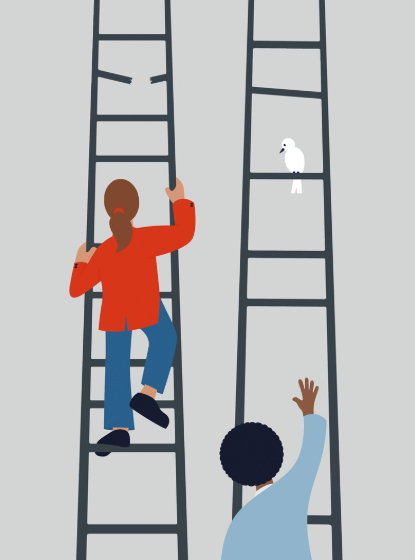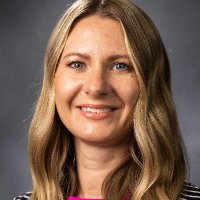
Opportunity & Inclusive Growth Institute
@oiginstitute
The Opportunity & Inclusive Growth Institute @MinneapolisFed supports research to expand economic opportunity and inclusive growth for all. RT≠endorsement
ID: 1367878582643613698
https://www.minneapolisfed.org/institute 05-03-2021 16:45:08
2,2K Tweet
1,1K Followers
245 Following



Health economist Kosali Simon O'Neill School of Public and Environmental Affairs research sheds light on the economic impact of the opioid epidemic. Learn how this crisis affects American labor supply and life expectancy -- and how health economics may help people get back to work & family: bit.ly/42vx48a

What does visiting scholar Angela Crema think is one of the most useful ideas in economics? "My favorite is the distinction btw correlation (when X and Y move together, like hotdog sales and stock market prices might) and causation (when X actually causes Y)" bit.ly/43ICopx

Why has inequality across space increased in so many countries? By measuring how workers and firms sort across space, Lukas Mann deepens our understanding of regional differences and guides how it might be addressed. bit.ly/4lrb6vQ



Visiting scholar Angela Crema discusses her motivation to study how features of the educational setting affect schools and students in our new Inquiring Minds Q&A. Read it now: bit.ly/43ICopx


Health inequality is important for understanding economic outcomes, Karen Kopecky recognizes, and not only for the individuals with health vulnerabilities but for those around them as well. Scholar spotlight from Minneapolis Fed's @soundsliketowin: bit.ly/3EtXUWw

"A policy that increases saving by 10 percent may be good or may be bad. What really matters is, whose contribution did you increase?" Visiting scholar Taha Choukhmane discusses his research on retirement savings infrastructure in the new For All. bit.ly/3Ep09u5


Huge thanks to Opportunity & Inclusive Growth Institute Minneapolis Fed and our hosts Abigail Wozniak & Alex Albright for having me, kristy buzard & Laura K Gee as visiting scholars. We had a fantastic experience and can’t recommend this highly enough!




"The lesson I think we’ll all take away from the past 40 years—including the COVID era—is that it’s extremely important to keep inflation low and stable." David Wilcox David Wilcox on economic lessons from the past to shape a prosperous future: bit.ly/4gBppf1


How does monetary policy affect rich & poor households differently? Black & White? Older & younger? @MakotoNkjm researches these critical questions Philadelphia Fed. Learn how Nakajima and others are leading economics into the era of "heterogeneous macro." bit.ly/3XImoAH








